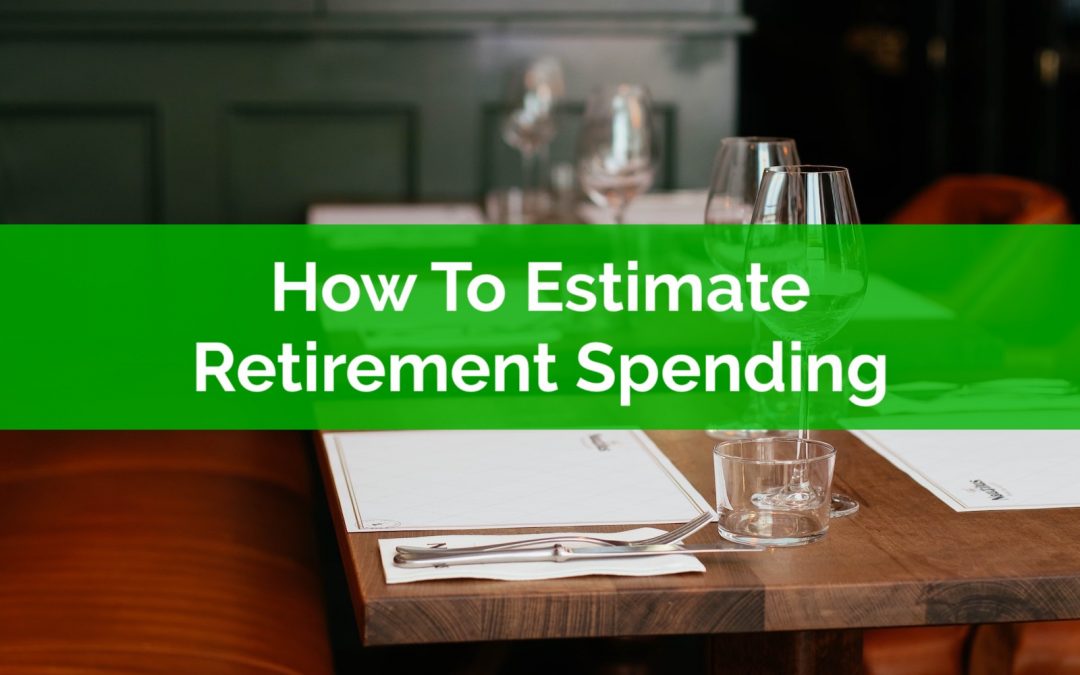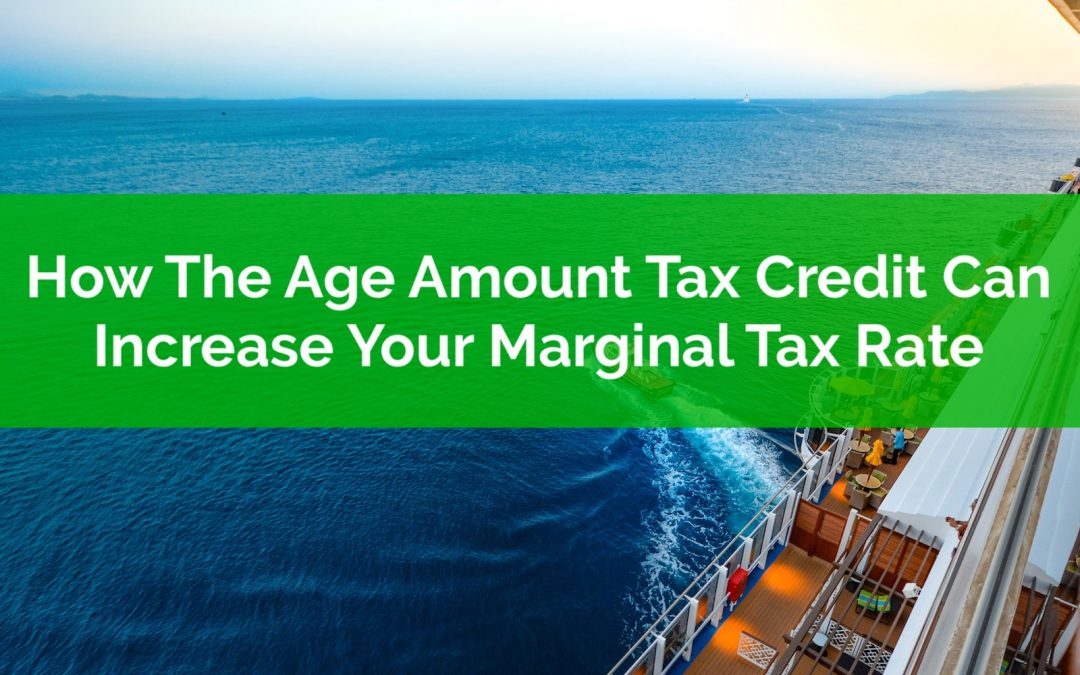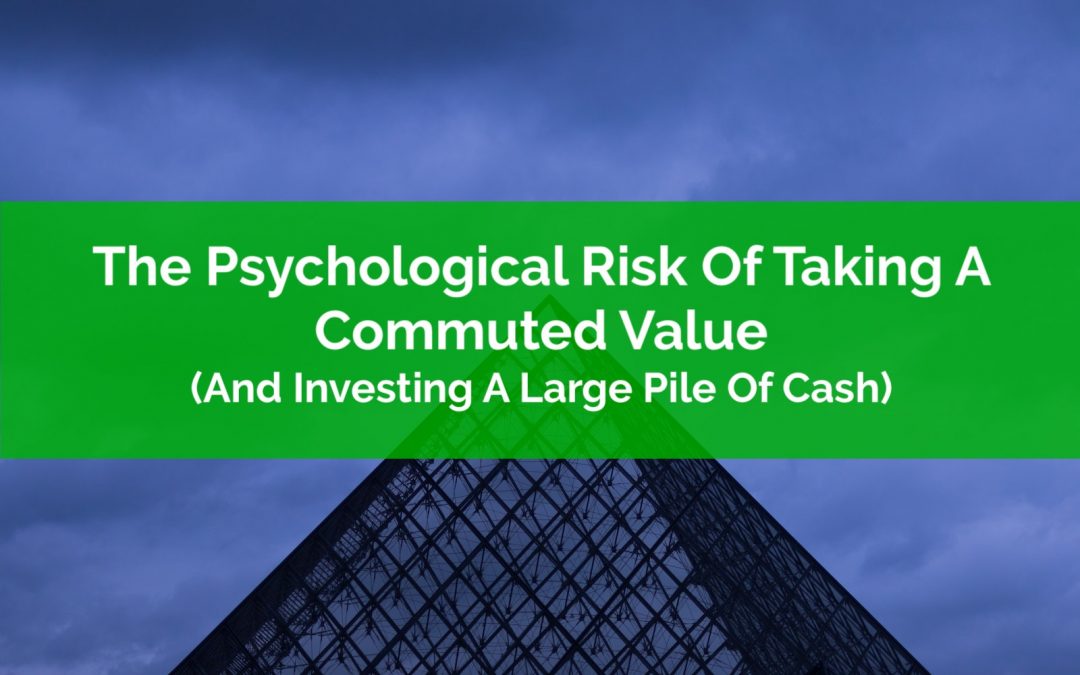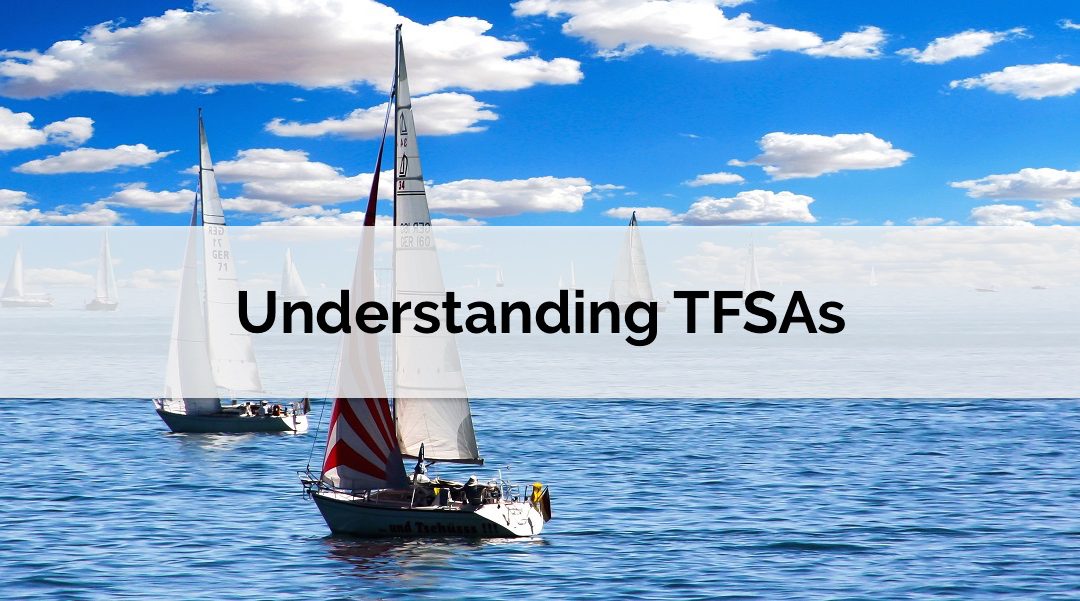
by Owen | May 17, 2021 | Budgeting, Financial Planning, Retirement Planning, Tax Planning
Retirement spending is one of the most important assumptions in a retirement plan. Making the right retirement spending assumption can make the rest of a retirement plan much easier. Making the right assumption can also make a retirement plan much more successful.
Making the wrong retirement spending assumption however could mean running out of money in retirement, or it could mean working longer than necessary, or it could mean accumulating millions of dollars late in retirement. All things we would prefer to avoid.
Of course, there are some simple “rules” for retirement spending like assuming 70% of pre-retirement income, but given how important retirement spending is in a retirement plan these generic rules can lead to issues in the future.
When creating a retirement plan it’s important to make the right retirement spending assumption. This means avoiding generic rules and instead understanding your unique spending needs today and how they might change in retirement. This also means understanding the impact of being wrong with your retirement spending assumption and how doing a “trial run” of retirement spending can help improve the level of confidence you have in your retirement plan.

by Owen | May 3, 2021 | Financial Planning, Retirement Planning, Tax Planning
Marginal tax rates are important. The represent the income tax you pay on the next dollar of income. Knowing your marginal tax rate both now and in the future can be extremely helpful when doing tax planning.
One tax planning opportunity is to make an RRSP contribution in a high tax bracket and withdraw later in a lower tax bracket. This opportunity can help defer tax until retirement when RRSP withdrawals are made at a lower tax rate. Ideally, an RRSP contribution allows you to contribute at a high marginal tax rate and withdraw at a lower marginal tax rate in the future.
This difference in tax rates can lead to a lot of tax savings. Contribute at a 40% tax rate now and withdraw at a 20% or 30% tax rate in the future and for every $1,000 that goes into an RRSP there is $100 to $200 in tax savings over a lifetime. Expand that to tens or hundreds of thousands of dollars of contribution and you can begin to see the incredible opportunity that a bit of tax planning can create.
But what if your marginal tax rate in retirement isn’t quite what you think it will be? What if its higher than you think? What if the typical marginal tax rate tables are missing something? You might be underestimating your future marginal tax rate in retirement.
In this post we’re going to explore a tax credit called the Age Amount and in particular the way that the Age Amount is reduced (or clawed back) based on income in retirement.
We’re also going to explore how this may affect your marginal tax rate in retirement. As we’ll see, the marginal tax rate you’re planning for may not be the marginal tax rate you actually experience in retirement.

by Owen | Apr 26, 2021 | Financial Planning, Insurance And Risk Management, Investment Planning, Retirement Planning
If we knew how things would unfold in the future, then financial planning would be easy.
If we knew things like future investment returns and future inflation rates, then that would remove a lot of uncertainty in a financial plan.
If we also knew when we’re going to die, then we could make sure that we spend every penny and “bounce the last check”.
But because of all the unknowns, we have a lot of uncertainty within a financial plan. To create a great financial plan, we have to evaluate and plan for that uncertainty. We have to understand both the average and the extremes. We don’t want to run out of money in the future, so it’s important that we manage this uncertainty properly and avoid making bad assumptions.
Life expectancy is one of those assumptions and it’s a big assumption within a financial plan. Assume a life expectancy that is too short and there could be years (or possibly decades) of meager retirement income.
When it comes to life expectancy, we can’t just assume the average, we need to know how much longer our money needs to last. Is it 5-years past the average, 10-years, 20-years, or more? Hopefully it’s for a very long time.

by Owen | Apr 5, 2021 | Financial Goals, Financial Planning, Retirement Planning
What is advice-only financial planning exactly? What does advice-only financial planning entail?
Also known as fee-for-service financial planning, advice-only financial planning involves no products, no commissions, just advice.
With traditional forms of financial advice, there is always the nagging doubt about whether the advice is truly unbiased or if is it just to sell a product and receive a commission? There is always that lingering question, is this advice really in your best interest or is it in the best interest of the advisor?
Advice-only financial planning eliminates this conflict of interest. An advice-only financial planner is compensated directly by the client and only the client. There are no products, no commissions, just pure advice.
An advice-only financial planner works for the client to provide the best advice possible and good financial advice can be extremely helpful. It can reduce stress, provide peace of mind, capture unseen opportunities, avoid unnecessary risks etc. etc.
There are many different ways to receive financial advice, but one of the most unbiased and trustworthy is advice-only financial planning.
Let’s go deeper into exactly what advice-only financial planning is and why, in today’s world of low-cost self-directed investing, it makes more sense than ever to get an advice-only financial plan…

by Owen | Mar 8, 2021 | Behavioral Finance, Investment Planning, Retirement Planning
When leaving an employer, or when transitioning into retirement, those with a defined benefit pension will have a difficult decision to make… take a lifetime pension? Or take a commuted value?
A commuted value is essentially the current value of those lifetime pension payments in one large lump sum. The commuted value is an amount that is determined to be equal to the lifetime of payments that a pension would provide. It’s calculated by the pension actuaries and can easily be several $100,000 or even $1,000,000+
With interest rates at historical lows, the commuted value of a pension can easily be $1,000,000+ for those at retirement age. Low interest rates will push up the size of a commuted value, which is partially driven by an assumed rate of return, and right now interest rates are at historical lows.
This creates a very large psychological problem; how do you invest all that cash?
In particular, when do you invest it? Do you invest it all at once as a large lump sum? Or do you invest it in smaller increments over a period of time?
If invested all at once, that commuted value could drop dramatically if markets experience a correction in the near future.
If invested later, that commuted value could miss out on a large increase in value during a period of growth.
The indecision around how to invest a large amount of cash can cost tens of thousands of missed investment gains, or it can cost hours of lost sleep and feelings of stress. It’s not something to be taken lightly.
Investing a large lump sum is a daunting experience even for the most seasoned investor.

by Owen | Dec 28, 2020 | Retirement Planning, Tax Planning
Tax-Free Savings Accounts (TFSAs) are relatively new. They were introduced just over 10 years ago in 2009. Even though they’ve only been around for a relatively short time they’re already the most used out of the major tax-sheltered accounts. There are over 5.5 million households in Canada that have an active TFSA account.
(Authors Note: I love it when people use their tax-sheltered accounts. Good tax planning is a key component of any financial plan and can add $100,000’s to your net worth)
The average usage rate for the TFSA is pretty impressive at 40.4%. This is relatively consistent across both age and income. The highest usage rate is in Ontario where over 45% of the households are using a TFSA. The median contribution to a TFSA in 2016 was $5,765.
All-in-all these are impressive numbers for a relatively new tax-sheltered account.
Given the high usage rate the TFSA must be pretty great, right?!?!
In this post we’ll cover exactly how a TFSAs works, the benefits of a TFSA, as well as some of the drawbacks of a TFSA.
Page 11 of 19«...910111213...»






